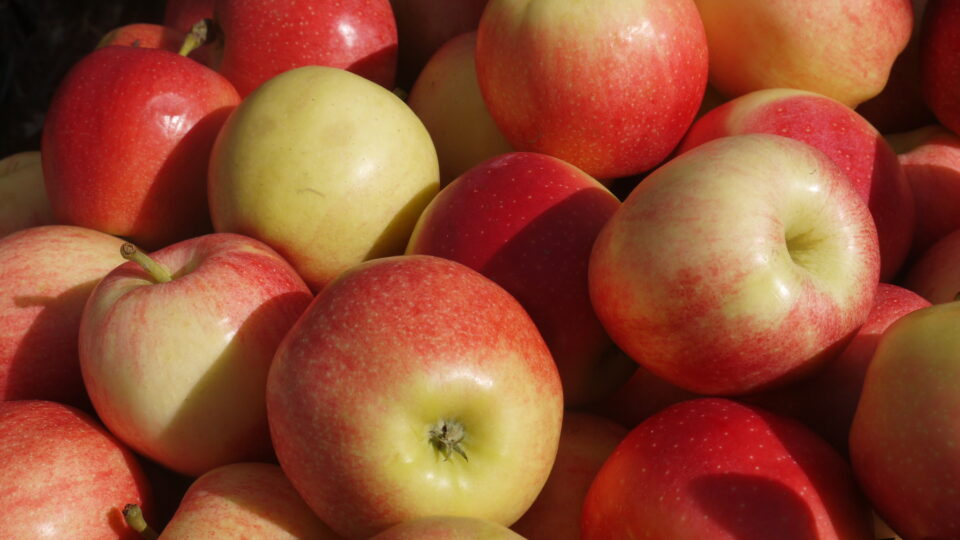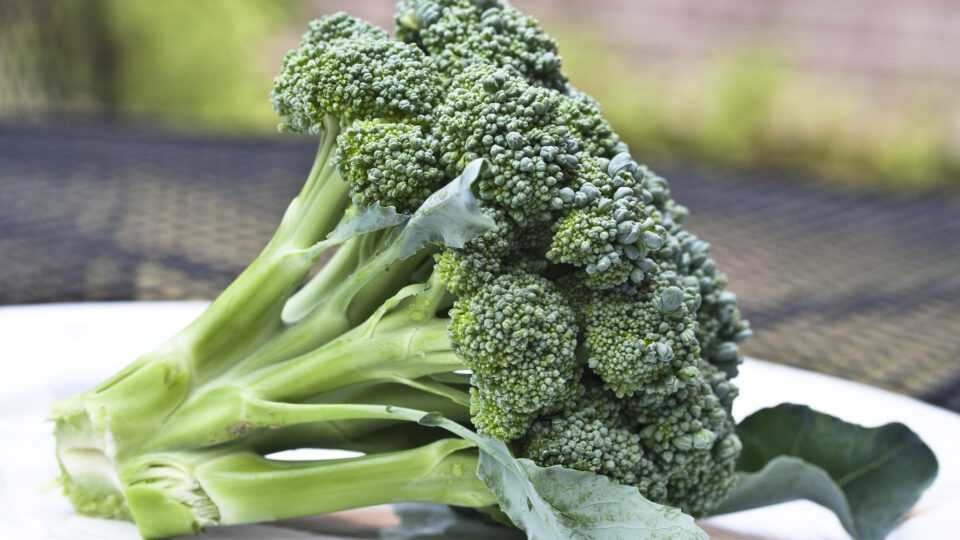New York is the second largest apple-producing state in the country, trailing only Washington state. New York averages nearly 30 million bushels of apples annually from approximately 600 commercial growers. The apple industry supports 10,000 direct agricultural jobs as well as 7,500 indirect jobs involved with fruit handling, distribution, marketing and exporting.
Thus, there is considerable concern about the recent discovery by Cornell plant pathologists of a new fungal pathogen that causes bitter rot disease in apples. They also found a second related fungus that is known to cause rot disease in other fruits but has now been found for the first time in apples. The study was published in early July in the journal Scientific Reports.
Both of these pathogens belong to the genus Colletotichrum, which contains 189 species of fungi that cause devastating rot diseases in multiple fruit crops, including bananas, strawberries, citrus, avocados, papayas, mangoes and apples.
Unless protective measures are taken in a timely manner, apple losses from bitter rot in New York state can average up to 25% per year. Some organic farms have lost essentially all of their crop at times. Bitter rot also can destroy up to 5% of marketable fruit in post-harvest storage.
The Cornell study of samples from eight New York counties found both the Colletotrichum chrysophilum fungus, that had not been found in apples before, and a newly-discovered fungus that they named Colletotrichum noveboracense, after the Latin name for New York State.
The researchers plan to work with other plant pathologists and apple breeders to identify possible genes that confer natural resistance to Colletotrichum fungi that can be bred into apple cultivars.
**********
Web Links
Scientists identify new pathogen in NY apples
Photo, posted October 12, 2018, courtesy of Flickr.
Earth Wise is a production of WAMC Northeast Public Radio.



